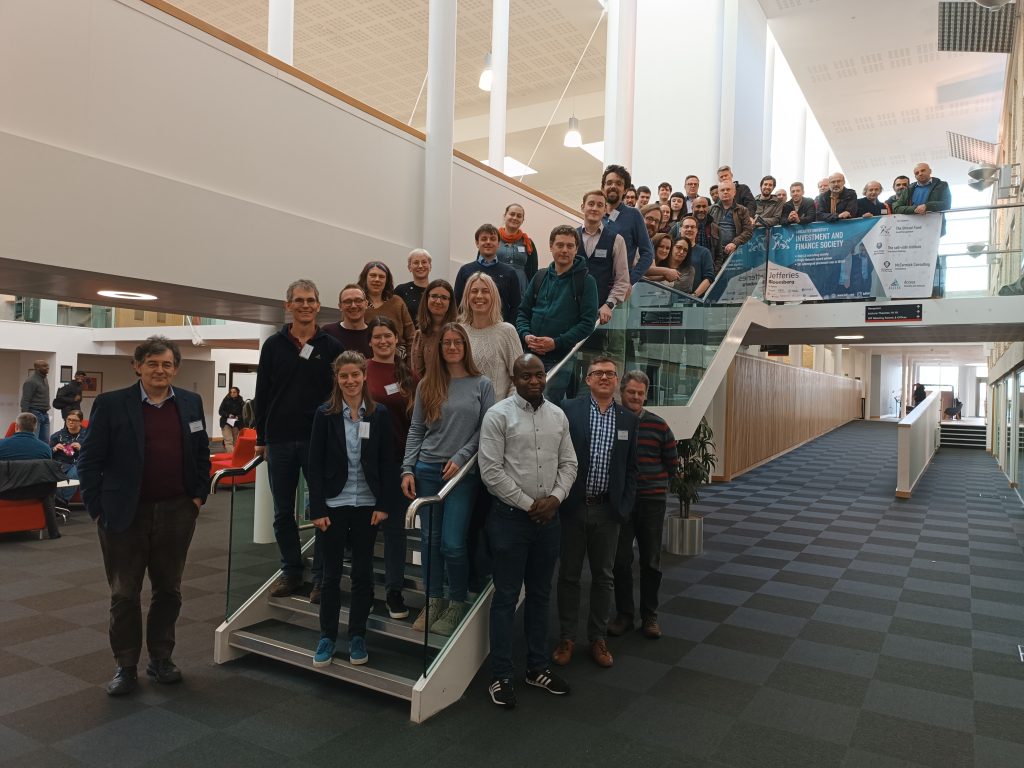Capturing Nature’s Ghosts

DUNE at the Royal Society Summer Science Exhibition 2024
Have you ever wondered how to see invisible things?
Find out how we do just that at this year’s Royal Society Summer Exhibition stand on the Deep Underground Neutrino Experiment!

DUNE in VR

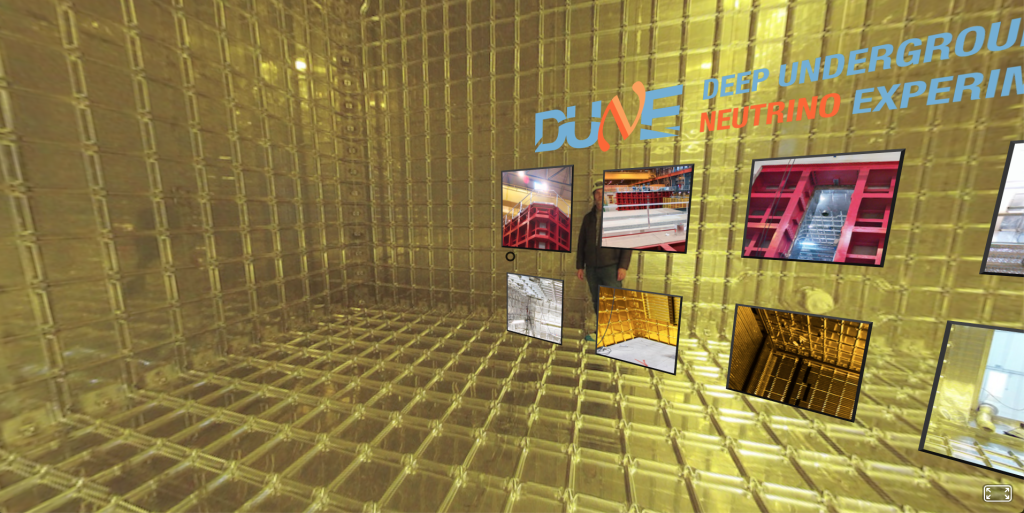
Step inside one of DUNE’s prototype detectors and take a look around.
DUNE Construction in the UK
The UK is responsible for building a crucial component of the DUNE detectors: the Anode Wire Planes.
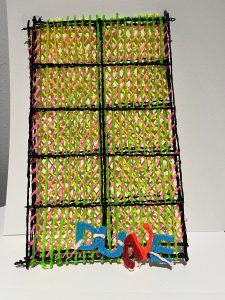
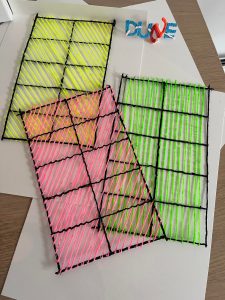
Shown here (and at our stand!) are models of these wire planes created with a 3D pen.
Just as in our liquid argon detectors, the wires in each plane are wrapped around the frames forming different angles, to yield different spatial coordinates for the drift electrons. The three planes are overlaid, so that electrons create coincident pulses on each of them, yielding three distinct spatial coordinates, that are used together with the arrival time to reconstruct the neutrino interaction in three dimensions.
Anode wires planes in a liquid argon time projection chamber
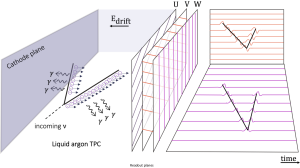


Proto-Proto-DUNE at the RSSE
The team at Lancaster University have built an interactive prototype of one of DUNE’s prototype detectors, come and take a look during the exhibition to learn more!
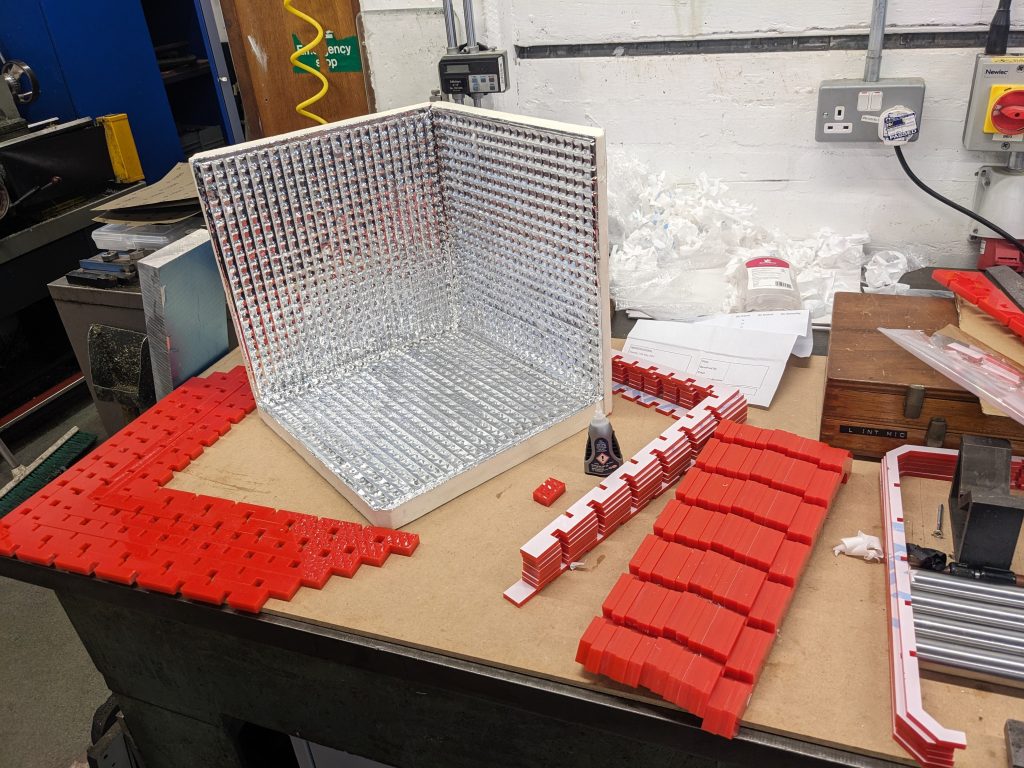
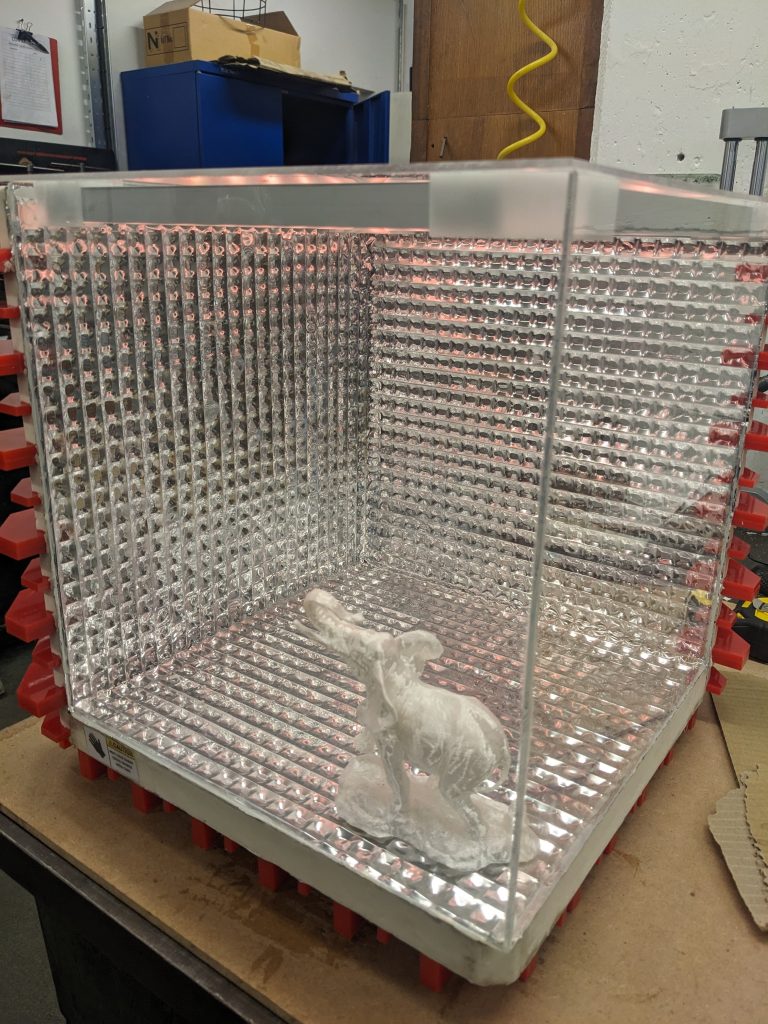
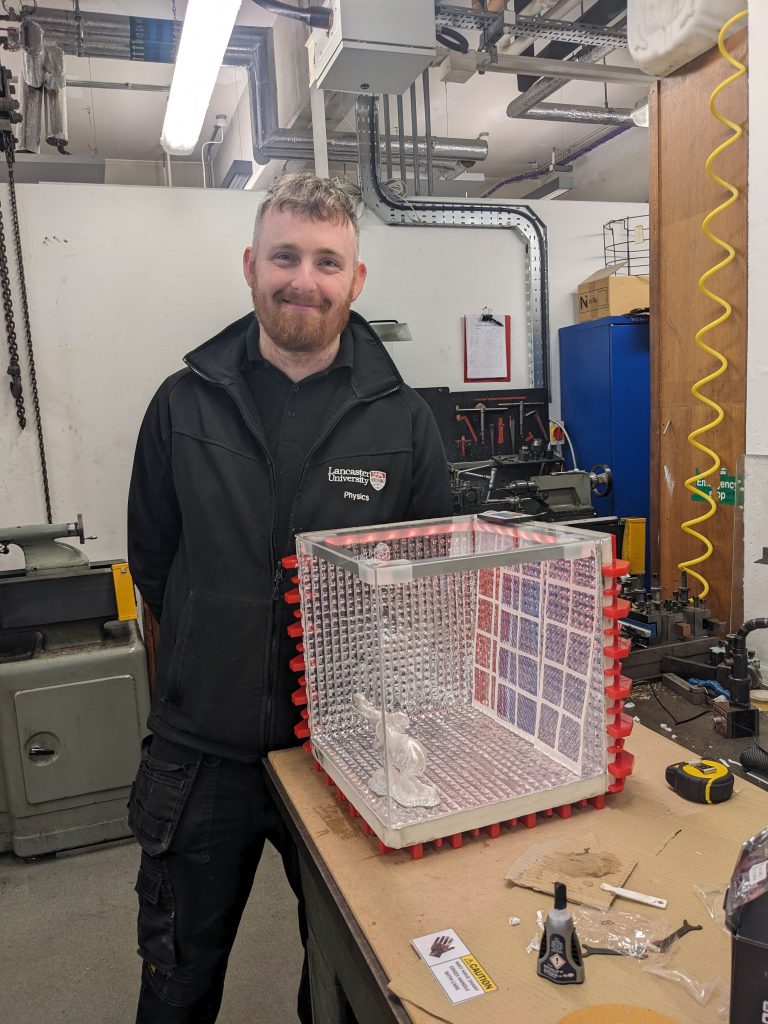
The DUNE UK Collaboration
